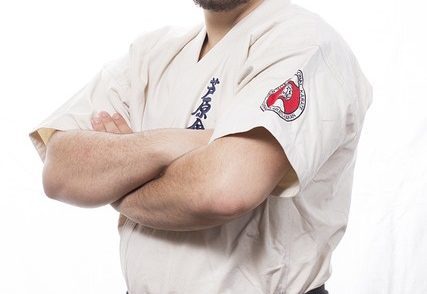Picture this: you hit the gym and put yourself through a grinding routine. Once it’s over, you feel good about what you’ve accomplished and then head home for some much-needed rest. The next morning however, brings a new story. Your body fails to cooperate and something as simple as walking ends up causing intense pain. Sound familiar?
What you are experiencing is referred to as delayed onset muscle soreness (DOMS). Your muscles are essentially reacting to a new exercise regime or physical activity you are not used to. This soreness is a point of debate and pride for many workout enthusiasts and several myths have sprung up about it. The common ones include:
Lactic-acid buildup causes muscle soreness
This is simply not true. While your body does produce high amounts of lactate when you exercise, this serves as a buffer to prevent acid from accumulating in your cells. DOMS is actually caused by micro-tears that happen as you place stress on your muscles when working out.
Extremely fit people don’t get DOMS
Another untruth. Anybody who puts themselves through a rigorous workout can experience soreness. Elite athletes and fitness buffs feel less sore because their muscles have adapted to working out and they have a higher tolerance to soreness. You too can reach this level if you maintain a consistent exercise regime.
Muscle soreness shows you had a good workout
Well, yes and no. Although soreness does indicate you’ve put your muscles to good use, it’s a poor way of deciding whether a workout was effective or not. For starters, you could be sore because you weren’t lifting weights properly or hadn’t worked out in a long time.
Additionally, the more you work out, the more your muscles adapt, leading to less pain. However, extreme soreness after every workout might indicate an electrolyte deficiency, inconsistent regimen, poor nutrition or inadequate rest.
Stretching can prevent DOMS
Stretching before exercising is a good way to increase your flexibility. Unfortunately, it is ineffective in preventing muscle soreness. The best way to prevent DOMS is by adding proper warm-up and cool-down sessions to your workout routine. Warm-ups that include dynamic stretching are more effective at increasing blood circulation throughout your muscles, getting them ready to exercise.
Easing sore muscles
Fortunately, there are a number of things you can do to alleviate muscle soreness. For instance, you can apply ice or heat compressions on sore muscles to reduce inflammation. You can also see a chiropractor, who can help with misalignments of the joints and provide spinal decompression and massage therapy. These can all help to increase circulation, soothe sore muscles and eliminate incessant pain.
You can also speed your body’s recovery process by taking breaks from heavy lifting and workouts to engage in light exercises. Remember to complement your workouts with a healthy diet that has a healthy balance of carbohydrates and proteins. Lastly, listen to your body and give yourself enough time to ease into any new workout routine. If your soreness fails to reduce significantly after 72 hours or if the pain becomes debilitating, see your doctor.




